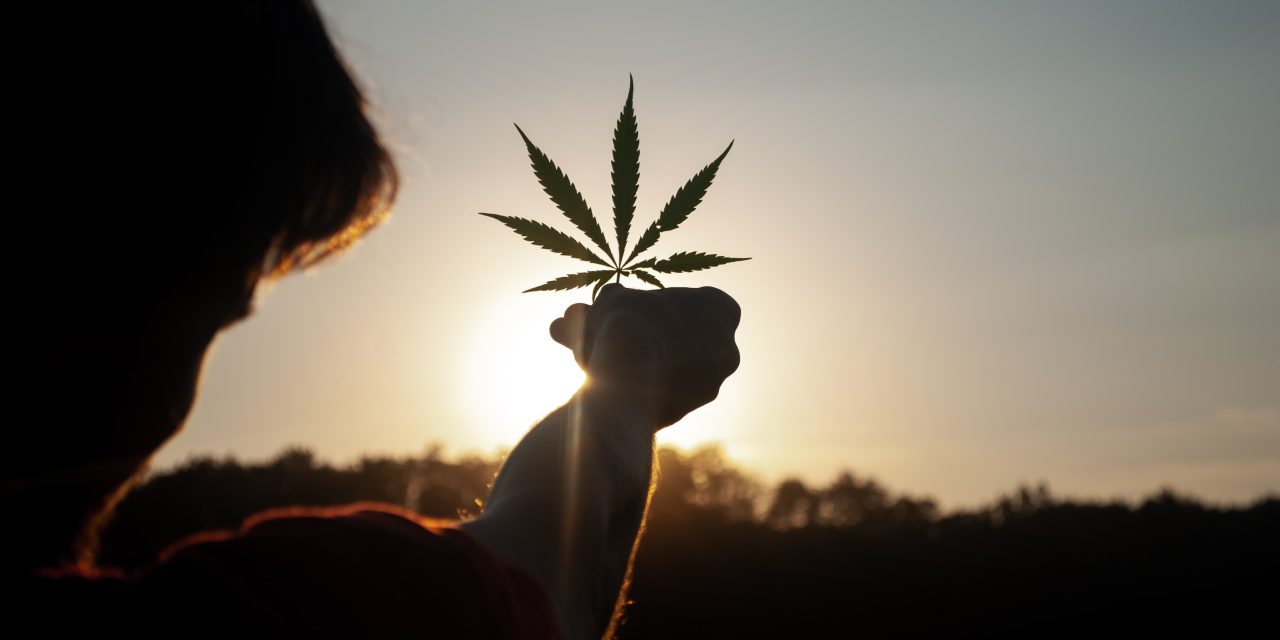By Deborah Brooks R.P., ICCDP
Cannabis, herb, weed, marijuana, pot, or whatever you want to call it, is not just consumed by stereotypical stoners or hippies anymore. According to Statistics Canada, our cannabis industry is now on par with the beer industry and even larger than the wine industry. Cannabis has broader uses than just getting people high. It has medicinal applications and can be consumed different ways. But is it safe, as so many people believe? And is everyone going to consume it when it becomes legal?
A lot of people are already indulging in cannabis, and if you asked high school students if they could acquire some, most could readily access it. I live in a condo building where the weekend smell of cannabis infuses my floor, the elevators and stairwell. Cannabis smoke is where tobacco smoking was twenty-five years ago, trumping the rights of neighbours that don’t smoke.
I must admit that I have a bias due to my profession: working with people with problematic substance use. In my field, cannabis is considered problematic as it robs users of possibilities for their future. It can be difficult to build a future while high. With no sense of urgency, things can wait until another day, week, or year.
The side effects for those with developing brains can be devastating. Anxiety, psychosis and schizophrenia are more commonly being attributed to cannabis use and a rise in its THC (delta-9 tetrahydrocannabinol) content is believed to be responsible for the psychoactive effect. Like all mood-altering substances, the euphoria is often what people are looking for. However, for those who are vulnerable, both recreational and medical use can become problematic. For older people, long term cannabis use can also present negative psychological effects similar to those experienced by youth.
Another compound in cannabis is CBD (cannabidiol), often referred to as medical marijuana oil, which is known for its calming effect and is commonly used for pain and as a sleep aid. It has little or no psychoactive effect and is something we are seeing used more regularly by older adults with conditions such as fibromyalgia. This compound has some promising applications, and is hopefully less harmful than other medications currently being used for pain, such as opioids.
As part of the research for this piece, I visited a cannabis paraphernalia shop and asked about options for inhaling. The least carcinogenic way to use cannabis was claimed to be by vaping, with bongs and joints likely being the most carcinogenic. When I asked how one would measure THC, I was told you would only have access to that kind of information through certified growers who measure the compounds. Anything off the street is an unknown. This also made me wonder how about the THC and CBD levels of cannabis edibles such as brownies, candies, butter and other products. Objectively, it is a good thing to know which drugs and compounds we are taking, especially in the case of one with such potent effects as cannabis.
The unknown is will regulation and certified growers help make the product safer for those who choose to use it? What is indisputable is that we need to keep it out of the hands of our youth, along with alcohol, tobacco and other drugs. If they have to try it at all, the later the better.
Deborah Brooks is a Psychotherapist and counsellor for Serenity Renewal for Families, an Alta Vista Charity, which provides educational programs and counselling for people struggling with addiction, their children and families. To learn more or to donate to families needing help, call (613) 523-5143 or visit serenityrenewal.ca






Great Post!
Thanks for sharing